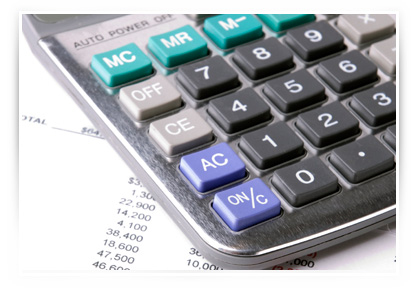In the latest Quarterly Bulletin published by the South African Reserve Bank, the national saving ratio as percentage of gross domestic product declined from 15,2%in Q1 2012 to 14,1% in Q2.
While household saving did not actually decline (it remained at 1.7%), household debt as percentage of household disposable income increased from 75,6% to 76,3% over the same period. This means that the rate of increase in consumer debt has surpassed the rate of increase in household disposable income.
Household income affected by weak economy
The decline in household disposable income is in line with the weakness of the economy and high unemployment levels. With the August inflation rate at just 5%, nominal1 wage increases are much lower than they were in 2011.
Debt driven by unsecured lending
The increase in household debt can partly be explained by a surge in unsecured lending over the past few months. While interest rates are at historically low levels, making borrowing seem attractive, there remains the danger that most consumers will be unable to service their debt when the interest rate cycle turns and rates rise.
High debt repayment leaves less for consumption
Even when interest rates are low the debt repayment burden remains challenging for highly indebted consumers. Debt repayment almost becomes a non-discretionary item that has to be paid before spending on other retail items. Therein lies the problem; the consumer demand which has to remain strong in order to support economic growth; is being undercut by debt repayment.
Consumer related data that came out in the past few weeks confirms that consumers are under increasing pressure when it relates to their spending ability. Growth on household consumption expenditure by the household sector slowed from 3,1% (Q1 2012) to 2,9% (Q2 2012). For 2011 as a whole the growth rate was 5%, so clearly the trend is downward. Retail trade sales for July also slowed sharply compared to the June figures.
Why is it difficult for SA consumers to save?
This is complex question but these are some of the economic reasons:
- Unemployment: The official level of unemployment is high; if we look at the numbers of discouraged workers; this increases even further. Added to that, the rate at which the economy absorbs new entrants in the formal sector of the economy is low. With a large number of economically active people without jobs, anecdotal evidence suggests that it falls to a few individuals who are employed to support the extended family. This leaves very little available for saving. There is also no way of saving when one is unemployed; in South Africa too many potential savers do not have jobs.
- Cost of living: Inflation is comfortably within the target range but some items within the basket still take a lot of consumers’ discretionary income. A lot has been said in the past about administered prices but the point on petrol prices bears repeating because it has both direct and indirect impact on income. The cumulative impact of the increase in petrol prices and other necessities means that the bulk of most people’s income is spent on consumption with little left to save.
- Debt: Consumer debt is high and a substantial part of income is spent on servicing debt. It is important to pay off expensive short-term debt like store cards and credit card debt. Paying off short-term debt while interest rates are at historic lows is the best start towards ‘saving’.
1 Actual wage increase without inflation affect

